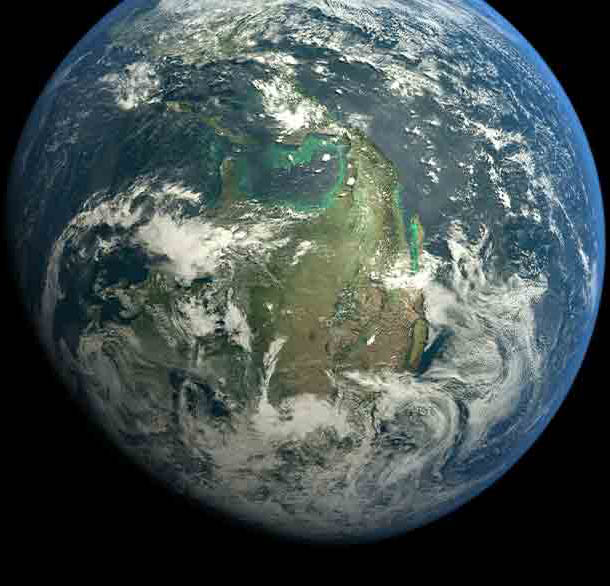Human Papillomavirus in Canada
(May 2001) As in the United States, HPV is not a sexually transmitted infection (STI) that the Canadian government routinely monitors.
(May 2001) As in the United States, HPV is not a sexually transmitted infection (STI) that the Canadian government routinely monitors.
PRB was a partner on Evidence to End FGM/C: Research to Help Girls and Women Thrive, a UKAID-funded research program to end female genital mutilation/cutting (FGM/C) within one generation.
For more than a decade, the Population Reference Bureau has nurtured national and international coalitions that address population, maternal and child health, global health priorities, and the environment.
(April 2011) On March 24, 2011, the U.S. Census Bureau released the final 2010 Census redistricting data files for each state that will be used to redraw federal, state, and local legislative districts
(2010) The idea of intentionally harming—let alone mutilating—healthy young girls stirs feelings of anger and injustice. The fact that thousands of girls are mutilated daily in the name of culture, religion, or gender is difficult to imagine.
(2004) During the last two decades, agricultural expansion, logging, development, and other human activities caused the deforestation of more than 120,000 square kilometers each year.

The global population milestone of 8 billion represents nearly 7% of the total number of people who have ever lived on Earth.
(2001) The human papillomavirus is the most common sexually transmitted infection (STI) in the United States, with an estimated 24 million active cases and 5.5 million new cases each year, according to the National Cancer Institute. Various strains of HPV cause the great majority of cases of cervical cancer.
Project: Center for Public Information on Population Research (CPIPR)
(2013) Roughly 40 million metric tons of electronic waste (e-waste) are produced globally each year, and about 13 percent of that weight is recycled mostly in developing countries.
(2005) The number of people on Earth, where they live, and how they live all affect the condition of the environment.